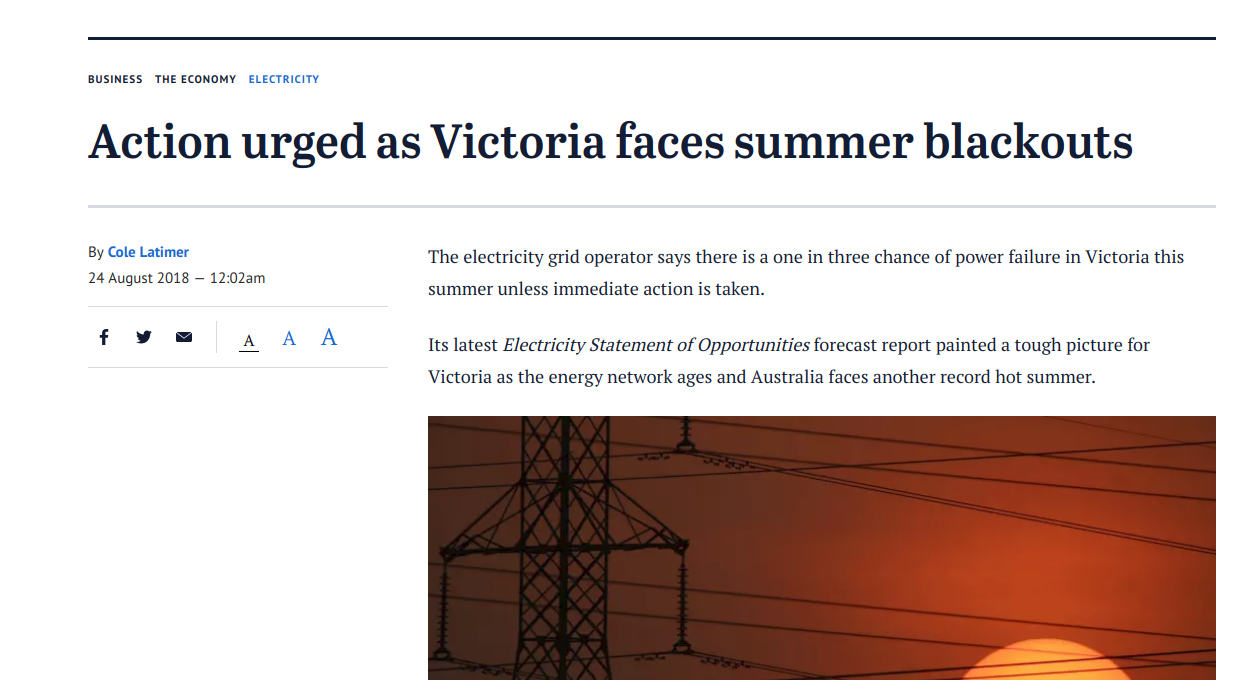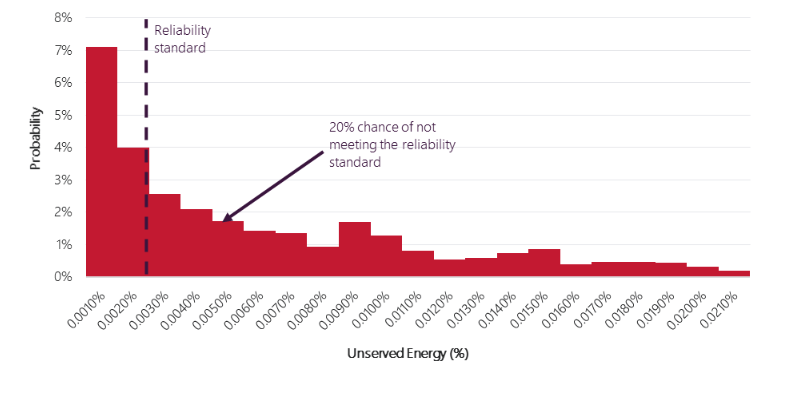Government interventions and the evolving political economy of the National Electricity Market
Dylan McConnell
12 Dec 2018
https://dylanjmcconnell.github.io/neg/
The National Electricity Market
a socio-technical system
"In Australia, the National Electricity Market is a ‘synthetic market’. It did not arise naturally, but was deliberately created by Australian governments using the tools of microeconomics. Every time you turn on a light switch, you are participating in a market designed and run by microeconomists."-Stephen King, August 2010
The NEG
"In general, the NEG is a stupendously complicated idea that isn't really designed to achieve anything - other than political agreement"-Alan Kohler, August 2018
ACCC "Recomendation 4"
- Have at least three customers who have committed to acquire energy from the project for at least the first five years of operation
- Not involve any existing retail or wholesale market participant with a significant market share.
- Be capable of providing a firm product so that it can meet the needs of C&I customers.
Retail hedge book

Political interventions: Act IV?
- "Baseload underwriting"
- Scope for further political interference ...
Looking forward to @ScottMorrisonMP & @AngusTaylorMP getting baseload underwriting scheme underway ASAP to develop new coal-fired power stations, inc one in Nth Qld. More is needed: major equity fund for new coal-fired power & abandon costly green treaties, mandates & subsidies.
— George Christensen (@GChristensenMP) 26 August 2018
AEMO and Reliability

Expected Unserved Energy

See here for more: Amid blackout scare stories, remember that a grid without power cuts is impossible… and expensive
Probability of Unserved Energy

See here for more: Amid blackout scare stories, remember that a grid without power cuts is impossible… and expensive
What does this mean for the NEM?
What does it mean for energy-only markets?
- The market has (perhaps) been usurped:
- Has it ever really worked to incentivise new capacity?
- Perhaps political and institutional interventions have not allowed it to work
- The political cost might be too high to do so
New capacity over last 20 years

OpenNEM